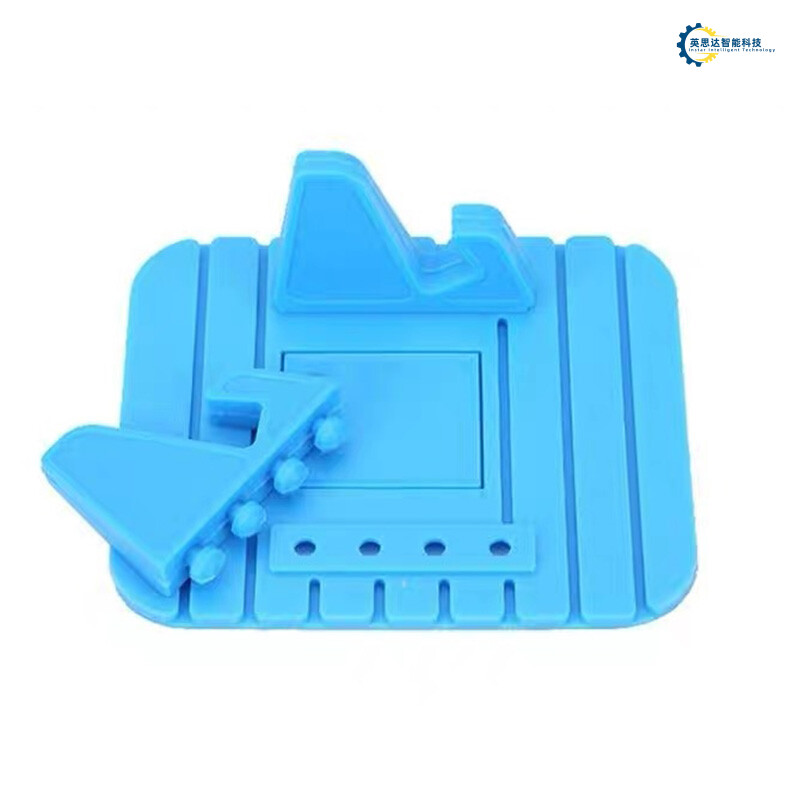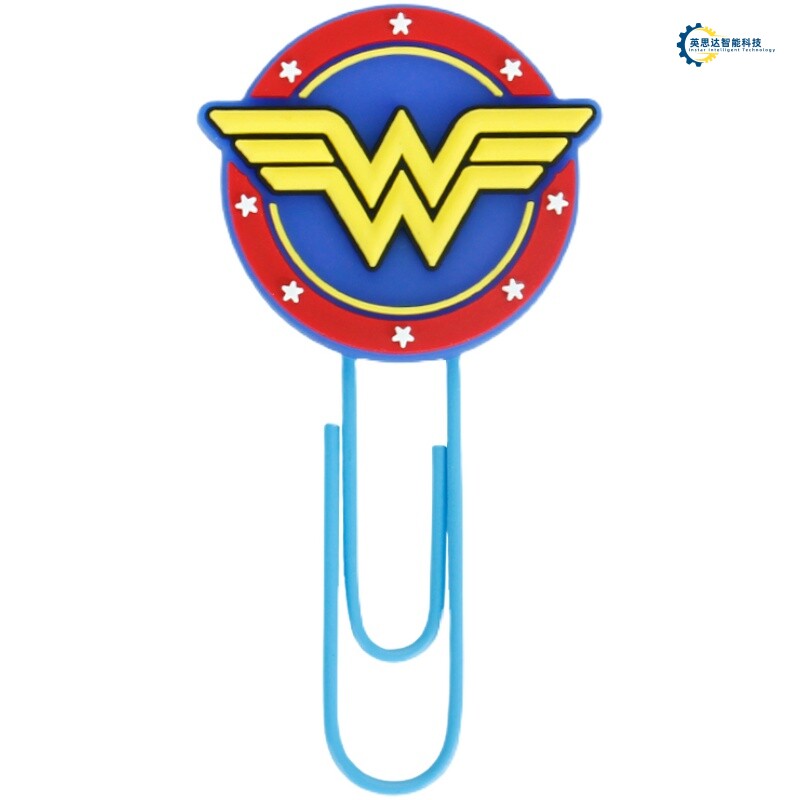Key Takeaways
Ever wondered how your favorite jeans get that 3D logo that survives both the washing machine and your questionable dance moves? Let’s break it down without putting you to sleep.
First off, hydraulic precision isn’t just for rocket science—it’s the secret sauce behind squishing silicone into fabrics so perfectly, even your grandma’s quilt would blush. Combine that with PID temperature control (think of it as a fussy chef who never burns the toast), and you’ve got logos that stick around longer than your ex’s Netflix profile.
Pro Tip: If your embossing machine starts acting up, blame the thermostat. It’s probably daydreaming about tropical vacations instead of holding 200°C.
Now, imagine a machine doing two jobs at once, like a caffeinated parent juggling laundry and Zoom calls. That’s dual-position operation for you—doubling productivity while sipping metaphorical espresso. And let’s not forget energy-saving designs that cut power bills faster than a teenager unplugs the Wi-Fi router.
Oh, and silicone logos on sportswear? They’re basically the gym buddies who never quit. Sweat, stretch, repeat—these badges of honor laugh at pit stains. Meanwhile, high-pressure systems handle intricate designs like a tattoo artist with a PhD in geometry.
“Why settle for flat logos when you can have 3D embossing that pops like popcorn?” – Literally every denim brand ever.
So, next time you see a 3D-embrowned hoodie, remember: it’s not magic. It’s just machines being extra.

Hydraulic Precision in Garment Embossing Technology
Imagine trying to stamp a 3D logo onto jeans with the finesse of a bull in a china shop—chaos, thread explosions, and a very confused bull. Thankfully, modern clothing embossing machines skipped the rodeo and embraced hydraulic systems that work smoother than a jazz saxophonist. These machines don’t just press fabric; they negotiate with it. Using precision-engineered pistons, they apply just enough pressure to make a yoga instructor jealous, molding silicone logos into fabrics without turning your favorite hoodie into a modern art project.
The secret sauce? Pressure control that’s so exact, it could probably measure the weight of a butterfly’s sneeze. Unlike your aunt’s questionable casserole recipe, these systems balance force distribution down to the newton, ensuring every ridge of that durable silicone logo pops up like toast in a cartoon. Plus, the hydraulic pumps hum along quietly, like a ninja who’s also really into mindfulness. No sudden jerks, no fabric shredding—just crisp, consistent embossing that survives more laundry cycles than your resolve to “eat healthier this year.”
Who knew industrial machinery could be this…polite? It’s like having a butler for your branding needs—efficient, precise, and never spills tea on the upholstery.

PID Temperature Control for Consistent 3D Results
Let’s face it: 3D silicone logos on your favorite jeans or gym gear aren’t just magic—they’re the result of a PID temperature control system that’s basically the Goldilocks of heating tech. Imagine a tiny, over-caffeinated robot chef inside your embossing machine, obsessively whispering, “Not too hot, not too cold… just right!” as it adjusts the heat 500 times a second. This isn’t your grandma’s iron; it’s a hyper-precise dance of sensors and algorithms ensuring every logo pops like a marshmallow in a campfire—without the charred mess.
Why does this matter? Well, without PID control, your “sporty” logo might melt into a sad puddle mid-workout or stay as flat as a pancake someone sat on. The system’s secret sauce? It learns. Like a stubborn parrot, it memorizes past mistakes (“Note to self: 180°C turns ‘cool’ into ‘crispy’”) to deliver consistent results—batch after batch. Plus, it’s energy-efficient, so you’re not burning cash (or the planet) to keep those logos looking sharp.
Now, if only dating apps had this kind of consistency…

Dual-Position Operation for Industrial Efficiency
Imagine a clothing embossing machine trying to juggle two tasks at once—like a caffeinated octopus with a PhD in multitasking. That’s dual-position operation for you. While one side of the machine is busy stamping 3D silicone logos onto jeans, the other is prepping the next batch of sportswear like an overeager intern. No coffee breaks needed here—just pure, unadulterated efficiency.
Why settle for a single workstation when you can double your fun (and productivity)? This setup slashes downtime faster than a toddler demolishing a LEGO tower. Check out this table comparing single vs. dual-position workflows:
| Metric | Single-Position | Dual-Position |
|---|---|---|
| Logos per hour | 200 | 420 |
| Operator boredom | Sky-high | Mildly entertained |
| Energy consumption | Like a hungry hippo | Sips power like tea |
The secret sauce? Hydraulic systems that switch positions smoother than a TikTok dancer. Operators can load fabrics on one side while the machine’s other half works its magic, creating a loop of productivity that even industrial engineers high-five about. Plus, with PID-controlled heating keeping temps steady, there’s no “oops, I melted the logo” drama.
For brands pumping out thousands of jeans or sportswear pieces, this isn’t just smart—it’s survival. Think of it as the machine version of cloning yourself, but without the existential crisis. And hey, if your embossing machine ever complains about the workload, just remind it who’s boss (hint: it’s the energy-saving design).
Transitioning from temperature control to workflow wizardry? Seamless. Like swapping socks without missing a step. Next up: why silicone logos on sportswear are basically indestructible (spoiler: they survive laundry day better than your dignity).
Silicone Logo Durability in Sportswear Applications
Ever watched a silicone logo on your favorite workout tee quit before you do? Yeah, neither have we—because these bad boys are built to endure more drama than a CrossFit class on leg day. Modern clothing embossing machines arm sportswear with 3D silicone logos that laugh in the face of sweat puddles, washing machines set to “apocalypse,” and that one friend who “borrows” your hoodie for a decade. Thanks to PID-controlled heating, the silicone gets baked into fabrics with the precision of a sourdough fanatic—no half-baked logos here!
But let’s talk durability. Imagine a logo surviving 50 washes and still looking fresher than your post-yoga glow. That’s not magic—it’s hydraulic pressure doing the heavy lifting, bonding silicone so deeply into the fabric it’s basically married to it. Sportswear brands love this tech because nothing says “trust us” like a logo that outlasts your gym membership. And hey, if your abrasion-resistant design can handle burpees on concrete, maybe you can too. Pro tip: If your shirt’s logo fades before your motivation, you’re using the wrong machine.

Energy-Saving Design for Sustainable Production
Let’s face it: clothing embossing machines are the unsung heroes of fashion’s eco-revolution. Imagine a machine that’s basically on a perpetual juice cleanse—sipping electricity like it’s a $20 green smoothie. Thanks to PID-controlled heating, these gadgets don’t just bake logos into fabric; they’re basically thermostats with a PhD in not wasting energy. No more “Oops, I left the oven on” guilt here!
But wait, there’s more! The hydraulic systems in these machines aren’t just strong enough to crush a watermelon (don’t try this at home). They’re also smarter than your average TikTok algorithm. By optimizing pressure in real-time, they cut energy use faster than a toddler abandons broccoli. Pair that with dual-position operation, and you’ve got a machine that multitasks like a caffeinated octopus—stamping logos on jeans and sportswear without breaking a sweat (or the power grid).
And here’s the kicker: thermal insulation layers so efficient, they could teach your winter coat a thing or two. Less heat escaping means lower energy bills and fewer sad polar bears. Plus, some models feature a smart sleep mode that kicks in during downtime—think of it as the machine’s version of a Netflix binge, but without the carbon footprint.
Who knew saving the planet could involve 3D silicone logos? With these energy vampires turned eco-warriors, brands can flex their green credentials while churning out durable designs. It’s like having your cake (or embroidered cake logo) and eating it too—minus the crumbs. Sustainable production? More like sustaina-cool.

3D Embossing Machines vs Traditional Screen Printing
Imagine screen printing as your grandma’s vintage typewriter—charming, but good luck getting it to handle emoji-filled TikTok captions. Traditional methods slap flat ink onto fabric, leaving logos that age like milk in the sun. 3D embossing machines, though? They’re the glow-up everyone’s obsessed with. Instead of praying colors won’t peel after three washes, these hydraulic-powered beasts stamp silicone logos so deep, they’ll survive a zombie apocalypse (or your kid’s soccer practice).
Here’s the tea: PID temperature control ensures your designs don’t melt into abstract art, while dual-position operation lets you emboss jeans and chug coffee simultaneously. Screen printers? They’re still stuck manually aligning stencils like it’s 1999. Plus, embossing’s energy-efficient design won’t guzzle power like a college student at an all-you-can-eat buffet.
Sure, screen printing’s cheaper upfront—like adopting a “free” puppy that later demands gourmet treats. But for brands craving industrial efficiency and logos that flex harder than a gym influencer? 3D embossing doesn’t just raise the bar; it throws it into orbit. Who wants flat, fading prints when you can have tactile sportswear bling that outlasts trends—and laundry day?

Automated Workflow for Jeans Branding Solutions
Let’s face it: jeans are basically the superheroes of fashion—they survive everything except your questionable karaoke moves. But how do you turn denim into a 3D logo battleground without summoning an army of manual laborers? Enter automated clothing embossing machines—the over-caffeinated robots of the textile world. These bad boys combine hydraulic precision with the grace of a ballet dancer (if ballet dancers squished silicone logos onto pockets at lightning speed).
Imagine a machine that swaps designs faster than you swap Netflix shows. With dual-position operation, one side stamps “Fashion Icon” onto jeans while the other preps for “Laundry Day Survivor” mode. The secret sauce? PID temperature control ensures the heating plates don’t throw a tantrum, melting your logo into a modern art disaster. Plus, the automated workflow is so smooth, even your coffee-spilling intern can’t mess it up.
Why does this matter? Because brands need logos that outlast relationships. Whether it’s sportswear or distressed denim, silicone durability meets energy-saving design to keep costs lower than your ex’s apology text. And hey, if robots handle the heavy lifting, your team can focus on actual heavy lifting—like debating whether “vintage wash” is code for “we forgot the detergent.”
Next up: how high-pressure systems turn complex fabric logos into wearable trophies. Spoiler: it’s less “Hulk smash” and more “Michelangelo chiseling denim.” Stay tuned!
High-Pressure Systems for Complex Fabric Logos
Picture this: a hydraulic pressure system in an embossing machine is like a grumpy gym teacher who insists everyone do perfect push-ups—except here, it’s fabric getting the tough love. These machines don’t mess around. They slam down with up to 4000 PSI of force, turning even the most stubborn denim or delicate silk into a canvas for 3D logos sharper than your aunt’s critique of your life choices.
Why so intense? Because complex fabric textures are the divas of the textile world. A logo on jeans needs to survive wash cycles, mud wrestling, and that one friend who “borrows” your hoodie forever. The machine’s adjustable pressure settings act like a bouncer at a fabric nightclub—letting in just the right amount of force to stamp designs without turning your favorite tee into confetti.
And let’s not forget the precision engineering. The system’s got more control than a caffeine-fueled barista with a steampunk espresso machine. It reads fabric thickness faster than you can say “wait, is that polyester?” and adjusts pressure on the fly. The result? Crisp, raised logos that stick around longer than your ex’s Netflix profile.
So, whether it’s athletic wear that needs to survive burpees or high-fashion denim that’s basically art you can sit on, these high-pressure heroes ensure every logo pops like a surprise plot twist in a telenovela. Just don’t ask them to chill—they’ve got work to do.
Conclusion
So, you’ve made it to the end of this clothing embossing machine rodeo—congrats! If you’re still awake, let’s wrap this up like a pair of jeans fresh off the hydraulic press. Think of these machines as the superheroes of the fashion world: they don’t wear capes (though they could print one), but they do save the day with PID-controlled heating that’s more precise than your grandma’s knitting needles.
Why settle for flat, boring logos when you can slap on 3D silicone designs that survive wash cycles, gym sessions, and even that one friend who “accidentally” throws your hoodie in the dryer? With dual-position operation, these machines work harder than a caffeine-addicted intern during fashion week—pumping out industrial-grade bling for jeans, sportswear, or your questionable “I ♥ Lasers” T-shirt idea.
And let’s not forget the energy-saving design—because saving the planet while looking fabulous is so 2024. Traditional screen printing? That’s like bringing a flip phone to a drone race. Meanwhile, automated workflows handle complex patterns faster than you can say, “Wait, is that logo supposed to glow in the dark?”
In short (oops, no summaries!), if your brand’s logo isn’t popping off the fabric like a disco ball at a rave, you’re basically leaving money on the table. Now go forth, emboss responsibly, and remember: flat logos are for amoebas. 🦠

Frequently Asked Questions
Why does my embossing machine act like a drama queen when temperatures fluctuate?
Blame it on missing PID-controlled heating! Without this tech-savvy guardian, your machine might throw tantrums (read: inconsistent logos). PID keeps temps steadier than a cat napping in sunshine, ensuring 3D silicone logos stay sharp—even on stretchy sportswear.
Can I emboss jeans without summoning the Hulk?
Absolutely! Modern hydraulic systems do the heavy lifting—no gamma radiation required. These systems apply just enough pressure to stamp logos into denim, leaving your biceps free for more important tasks (like high-fiving coworkers).
Do dual-position machines actually save time, or is that a myth?
Imagine a machine that works like a caffeinated octopus—two arms, double the speed. Dual-position operation lets you load one side while the other stamps logos, cutting downtime faster than a toddler with safety scissors. Perfect for brands that need industrial efficiency without the espresso addiction.
Will my sportswear logos survive a zombie apocalypse?
Silicone logos are tougher than a popstar’s autograph on a fan’s arm. They withstand washing, sweating, and hypothetical undead attacks. Traditional screen printing? That’ll fade faster than your New Year’s resolutions.
How “green” are these energy-saving machines?
Think of them as the hybrid cars of embossing. Energy-saving designs slash power use harder than a budget-conscious chef dices onions. You get sustainable production and lower bills—Mother Nature sends her thanks.
Ready to Turn Your Logo Dreams into 3D Reality? Click Here to Chat with Our Embossing Wizards!
Can these machines handle intricate designs, or do they panic?
Complex patterns? No sweat. High-pressure systems tackle detailed logos like a trivia champ at a quiz night. Whether it’s floral patterns or corporate emblems, the machine won’t flinch—unless you ask it to emboss a meme. That’s extra.
